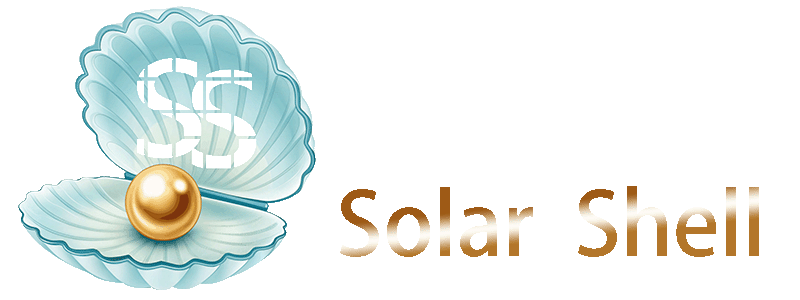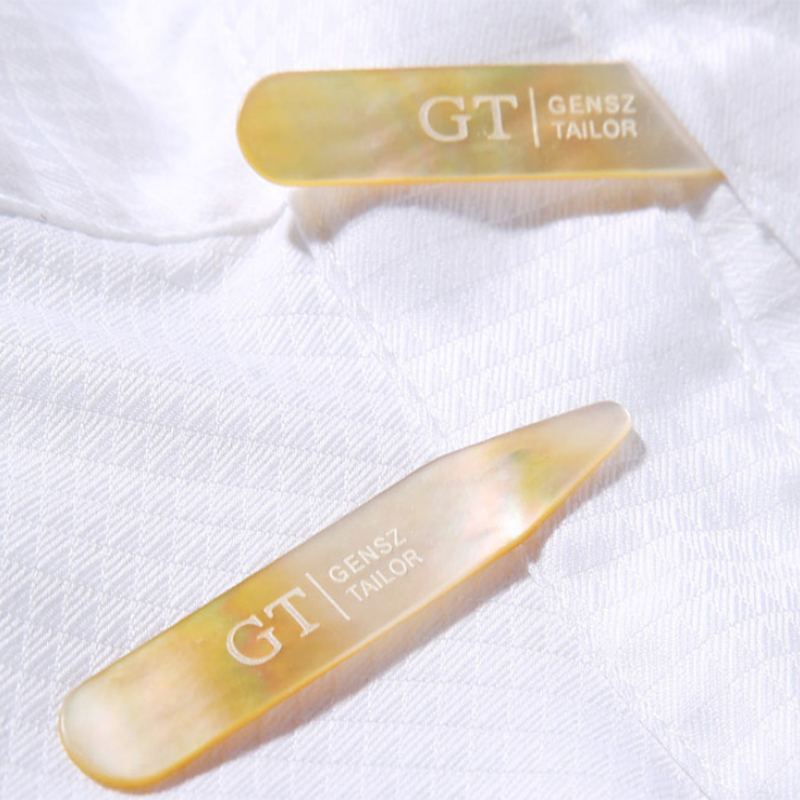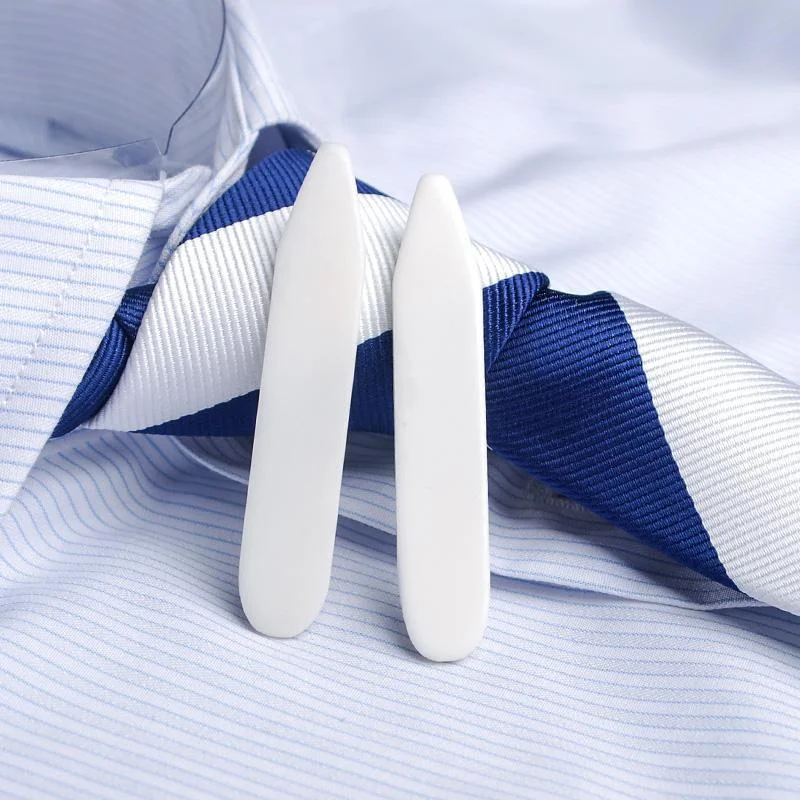Why Is Mother of Pearl So Special in Luxury Decor?
Imagine a material that changes colors like a mood ring. Mother of pearl[^1] does exactly that, making it a superstar in high-end design.
Mother of pearl (nacre) is the iridescent lining[^2] inside mollusk shells. Its natural rainbow effect comes from layered calcium carbonate crystals[^3] that refract light differently at each angle.
But there’s more to this material than meets the eye. Let’s explore why designers have prized it for centuries.
[^1]: Discover the versatile applications of Mother of pearl in design, showcasing its beauty and functionality in various projects.
[^2]: Learn about the fascinating formation of iridescent lining in mollusk shells and its significance in nature and design.
[^3]: Explore the science behind calcium carbonate crystals and their role in creating stunning iridescent effects in various materials.
What Colors Does Mother of Pearl Display?
No two pieces show exactly the same colors – that’s the magic of this natural material.
Snippet paragraph:
Mother of pearl shifts between pink, green, blue and gold tones depending on:
- Light source direction
- Viewing angle
- Shell species origin
!
The Science Behind the Shine
| The secret lies in how light interacts with microscopic layers: | Layer Type | Thickness | Light Effect |
|---|---|---|---|
| Aragonite | 0.5 micron | Reflects specific colors | |
| Protein Matrix | Nano-scale | Diffracts remaining light |
White pearl: Thicker layers → softer glow
Rainbow effects: Thinner layers → vivid color play
Fun fact: The strongest iridescence occurs at 45° angles. That’s why jewelry turns vibrant when you move it.
How Is Mother of Pearl Used in Inlay Work?
Cutting this fragile material requires skills passed down through generations.
Modern inlay techniques combine ancient craftsmanship with laser precision:
- Hand-selecting shell pieces
- Waterjet cutting for complex shapes
- Micro-sanding edges

Chinese Luodian vs Western Marquetry
Two historic approaches to shell decoration:
Luodian (螺钿)
- Originated in Shang Dynasty (1600 BC)
- Uses abalone and freshwater shells
- Features:
- Entire surface coverage
- Scenic designs
- Lacquer backing
European Marquetry
- Rose in 17th century
- Prefers oyster and pearl shells
- Characteristics:
- Accent pieces only
- Geometric patterns
- Wood substrate
Pro tip: Humidity causes expansion. We leave 0.1mm gaps between pieces to prevent cracking.What Exactly Defines Mother of Pearl?
Pearls get all the attention, but their "mother" is equally fascinating.
Mother of pearl refers specifically to the nacre layer that:
- Forms the shell’s inner lining
- Also creates pearls
- Measures 2-5mm thick in most species

Grade Classification System
We categorize quality by three factors:
- Luster Intensity
Grade A: Mirror-like reflection
Grade B: Satin finish
Grade C: Dull appearance - Surface Perfection
- Flawless (rare)
- Minor blemishes
- Visible imperfections
- Color Consistency
- Single hue dominance (premium)
- Mixed rainbow (standard)
- Cloudy patches (commercial)
Did you know? It takes 2-3 years for a mollusk to develop workable nacre thickness.Conclusion
Mother of pearl’s living colors and artisanal legacy make it nature’s ultimate luxury material for transformative decor.









